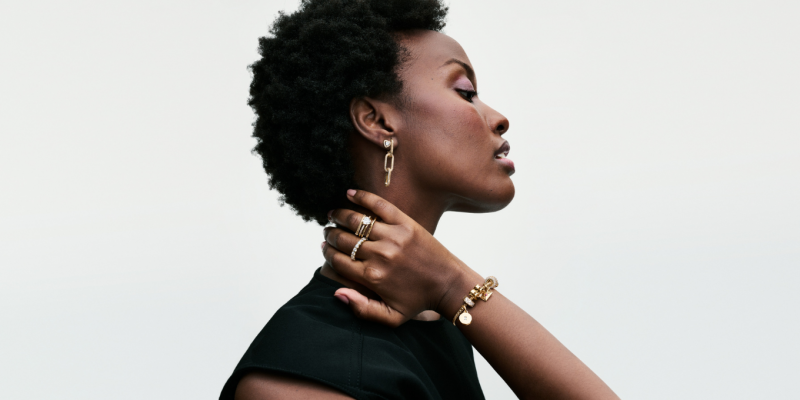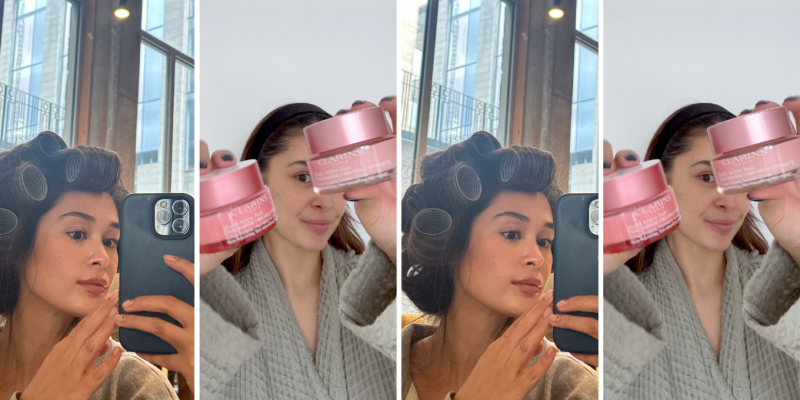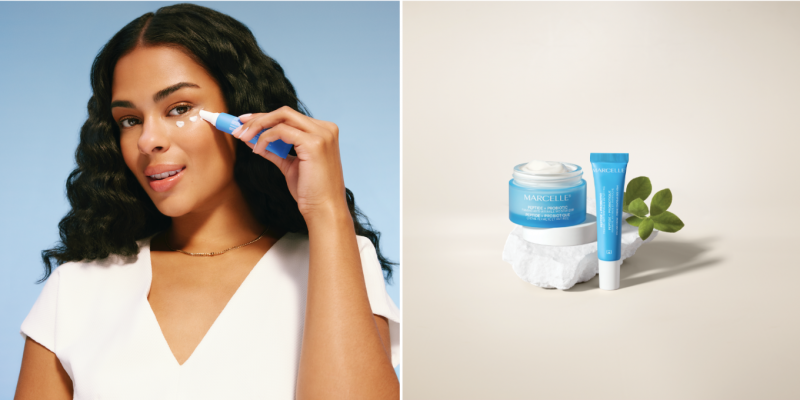You can usually leave them be. It’s not necessary to treat varicose veins most of the time, says Dr. John Harlock, a vascular surgeon at McMaster University and a partner at the Hamilton Vein Institute in Ontario. Veins appear when the one-way valves allowing blood to flow up toward the heart weaken, forcing it to return downward. “I tell people they are fighting gravity,” he says. For most people, the complaints are cosmetic, he adds, although varicose veins can cause symptoms like achiness, itchiness and feelings of fatigue in the legs. But if there is pronounced swelling or skin changes, head to a doctor.
Women are more likely to develop varicose veins. (Sorry.) Pregnancy will make them worse, and genetics, being on one’s feet a lot (say, for work), obesity and age are also factors.
Invasive treatments aren’t your only option. “The main advancement over the past few years has been the advent of endovenous treatments—treating the veins from the inside rather than from the outside with surgery,” says Harlock. These include endovenous laser therapy (EVLT) and endovenous radio-frequency closure. The latest and least invasive options include endovenous sealing, which uses a kind of medical glue (like VenaSeal), and foam injections (like Varithena and ClariVein). Because they are not heat-based, these require less local anaesthetic—ideal for the needle-averse. Note: Saskatchewan is the only province that covers EVLT, and private insurers rarely do, so most patients pay for treatments out of pocket, says Harlock. Pricing varies, but, on average, these treatments cost from $3,000 to $4,000.
Compression socks—wear them. Harlock calls them the “mainstay” of any vein treatment; wearing them continuously for 48 hours post-procedure and then only during the day for two weeks may help prevent recurrence.
This article originally appeared in the June 2018 issue of ELLE Canada.








